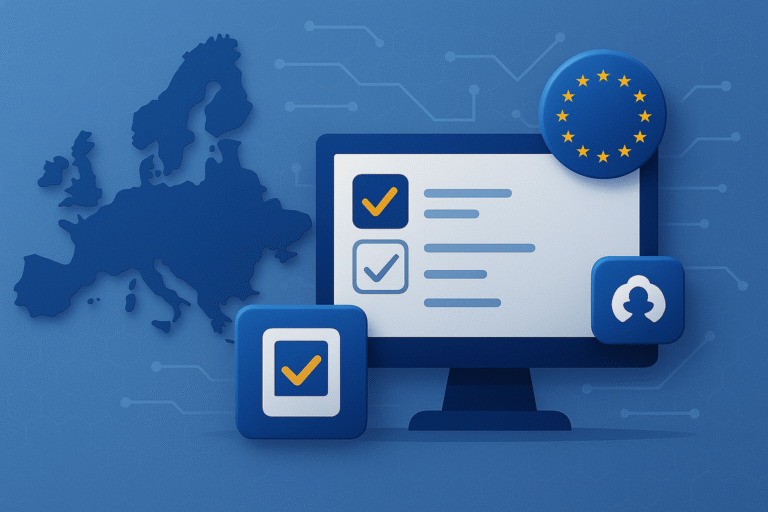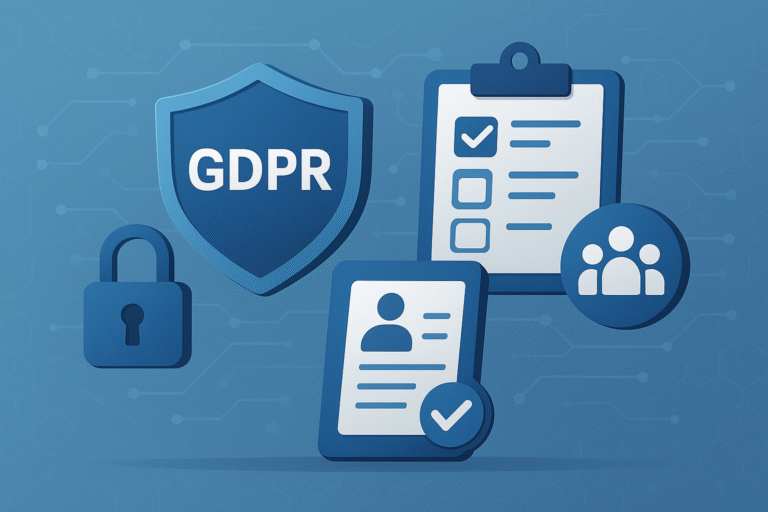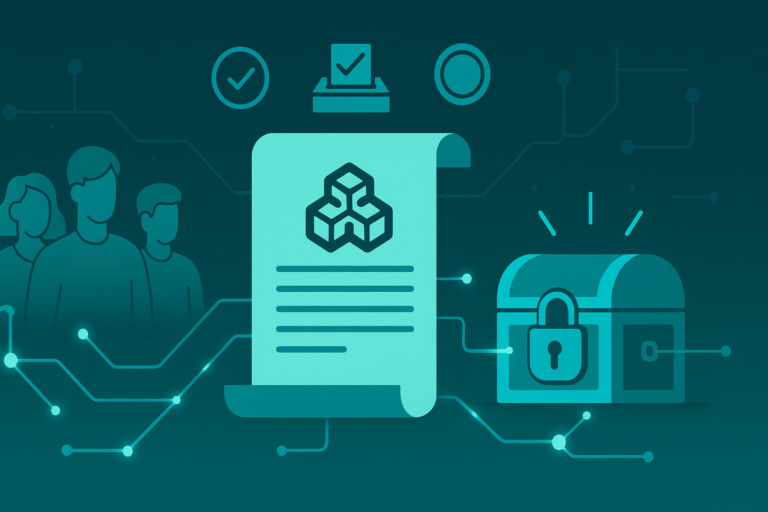
Introduction
In recent years, chatbots have become increasingly common across customer service, e-commerce, healthcare, and education. These systems—powered either by artificial intelligence or rule-based logic—let people interact with digital platforms in natural language and receive quick, guided answers.
But what happens when chatbots enter the realm of civic participation and digital democracy? Can they truly facilitate dialogue between citizens and institutions, broadening access and inclusion? Or do they risk flattening public debate into a set of automated exchanges? This article looks at opportunities, risks, and real-world examples to understand how chatbots may reshape the ways citizens take part in decision-making processes.
What is a chatbot
A chatbot is software designed to simulate a conversation with a human—via text or voice—and provide useful responses or actions. Broadly, there are two main types:
- Rule-based chatbots: they follow predefined scripts and decision trees, ideal for predictable, repetitive questions.
- AI-powered chatbots: they use natural language understanding to generate dynamic answers and adapt to context, offering more personalized support.
As language models and AI techniques have advanced, chatbots have become more capable of handling multi-step conversations, recognizing intent, and recommending next actions. This evolution makes them suitable for more complex public-sector uses, provided that governance and safeguards are in place.
Chatbots and digital democracy
Digital democracy aims to make the relationship between citizens and institutions more transparent, inclusive, and data-informed. We discuss the foundations of this approach in What is digital democracy and why it matters today, where digital tools are shown to lower barriers to participation and widen access.
Within this context, chatbots can act as mediators and guides that reduce friction for first-time participants and for people with limited digital skills. Practical applications include:
- answering frequently asked questions about consultations, rules, and ongoing projects,
- guiding residents step by step when submitting proposals or comments,
- collecting structured feedback and preferences in real time,
- improving accessibility through simpler interfaces and clear language.
When integrated correctly, chatbots can make participation pathways clearer, shorten response times, and help institutions communicate consistently across channels.
Benefits of chatbots in civic participation
Introducing chatbots into civic workflows brings several tangible advantages:
- 24/7 accessibility: citizens can get immediate answers at any time, without waiting for office hours.
- Lower administrative workload: recurring inquiries are automated, freeing staff to focus on complex cases and facilitation.
- Inclusion: guided, plain-language interactions reduce cognitive load and help first-time participants.
- Structured data collection: chatbot logs make it easier to analyze recurring needs and improve processes.
- Continuous engagement: residents are accompanied across the whole journey—from information to deliberation to follow-up.
These benefits explain why municipalities and agencies are experimenting with chatbots in civic contexts, seeking a balance between efficiency and inclusive participation.
Challenges and risks
Despite the upside, several risks must be acknowledged and managed:
- Over-simplification: nuanced, complex issues can be flattened by short answers or limited scripts.
- Algorithmic bias: biased or incomplete training data may lead to skewed responses or inequitable outcomes.
- Lack of empathy: automated dialogue cannot replace human facilitation, especially on sensitive topics.
- Transparency: users must clearly know when they are interacting with a bot rather than a person.
- Data protection: interactions may involve personal or sensitive data, requiring strong security and compliance.
For these reasons, chatbots should complement—not replace—human contact, and they should operate under clear governance rules, escalation paths to human staff, and transparent data practices.
Examples from around the world
Several governments and cities have already explored chatbot use in civic participation:
- Helsinki (Finland): pilots for environmental information and citizen queries, aligned with broader digital participation strategies (Digital democracy in Finland).
- Madrid: virtual assistants on the Decide Madrid platform help residents navigate participatory processes.
- Canada: municipal chatbots support participatory budgeting consultations, easing discovery and FAQs.
- Estonia: within the wider e-voting ecosystem, chatbots have been tested to clarify procedures and eligibility (Estonia and online voting: a model to study).
While contexts differ, a common lesson emerges: chatbots work best when they serve as assisted entry points into well-designed participation processes, with clear handoffs to human facilitation when needed.
Chatbots and deliberative processes
Beyond basic information services, chatbots can contribute to deliberative quality if implemented carefully:
- making complex documents more understandable by highlighting key passages and definitions,
- summarizing trends and arguments emerging from citizen input,
- providing tailored reading lists and materials so participants can prepare more effectively.
However, a critical distinction must remain: while chatbots can support information and orientation, they should not arbitrate decisions or shape outcomes. Deliberation requires human judgement, facilitation, and safeguards for minority viewpoints.
Future perspectives
Looking ahead, civic chatbots may evolve along three major directions:
- Advanced AI integration: better context awareness, longitudinal memory within processes, and more precise routing to human staff.
- Multilingual and accessibility layers: breaking language barriers and improving usability for people with disabilities or low digital literacy.
- Deliberation-aware assistants: tools that present balanced pro/contra views and help residents explore trade-offs without nudging outcomes.
One project moving in this direction is Concorder—a platform under development for digital civic participation—which aims to integrate chatbots to guide residents across the journey: understanding proposals, participating in debates, voting when appropriate, and reviewing results transparently. Learn more at www.concorder.net.
How chatbots fit into a broader digital democracy strategy
Chatbots are most effective when embedded within a coherent strategy of platforms, data standards, and participation methods. As discussed in What is digital democracy and why it matters today, tools alone do not guarantee legitimacy. Clear rules, inclusive outreach, and transparent audit trails are crucial. Chatbots can lower the threshold for first contact and help sustain engagement—but they should be paired with mechanisms that protect deliberative quality, safeguard personal data, and ensure accountability for public decisions.
Conclusion
When designed with transparency, accessibility, and human oversight, chatbots can become valuable tools for civic participation. They reduce barriers to entry, offer 24/7 guidance, and generate insights that help institutions improve services. At the same time, they must not replace human facilitation or diminish the richness of public debate. Used responsibly, chatbots can help build a democracy that is closer to citizens and more responsive to their needs.


